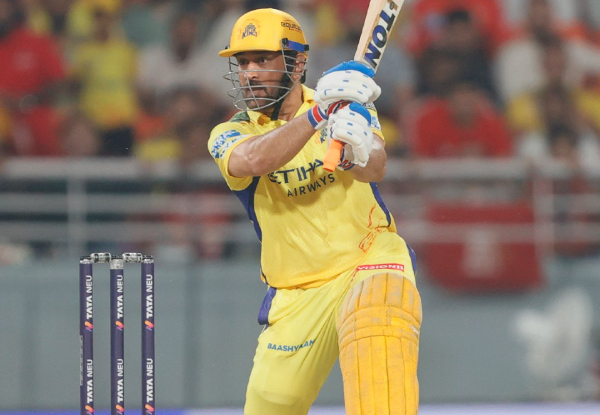A visit to Bowral; place where Sir Don Bradman spent his formative years of his life

Xtra Time Web Desk: If you are a cricket fan travelling to Down Under then an Australian sojourn is never complete without a visit to cricket’s ultimate pilgrimage, Sir Donald Bradman’s village in Bowral, where he spent 17 formative years of his life.
Walking around the village from Bradman Oval to the Bowral Public school to his two houses where he had stayed before his Test debut, Sir Don Bradman’s presence is felt in every nook and corner of the village.
An hour-and-40-minutes’ drive from Sydney is required to reach Bowral. The drive down the Australian highway filled with greenery on both sides is an absolute treat for the eyes.
By the time you hit the gates of Bradman Oval, a small picturesque ground in the heart of village, you feel united with Bradman’s spirit. It’s difficult to believe that you are standing on the same ground where the seeds of greatness were first sown in early 1920s. The Oval is where Sir Don first hit a century in grade cricket—one of the many he would hit in the next 25 years in competitive cricket.
Next to the Bradman Oval is the museum named after the legend. Once you enter the Bradman Museum, which was inaugurated by the great man himself in 1989, it seems that one has been made to sit on a time machine some 70 years back.
As you start the tour of museum, you will first find the life size portraits and the picture of the 1948 Australian cricket team better known as “Bradman’s Invincibles" is steeped in tradition. The pictures of Bradman, Neil Harvey, Keith Miller, Arthur Morris, Bill Brown proudly adorn the walls. Also present is a rough first manuscript of his book ‘Farewell to Cricket’.
The museum in itself is a learning experience, where you can find innumerable memorabilia for Sir Don.
Five minutes’ drive from the Bradman Museum is 20 Glebe Street and a little further down is 52 Shepherd Street, the two homes where Bradman lived during his time in Bowral. The Glebe Street home is where curator of museum David Wells now stays while the Shepherd Street residence has been sold and a family resides there. Incidentally a plaque at Glebe Street will tell you that Bradman assisted his father in construction of the old-fashioned thatched roof house with a traditional red-brick design.



23.jpg)
22.jpg)
